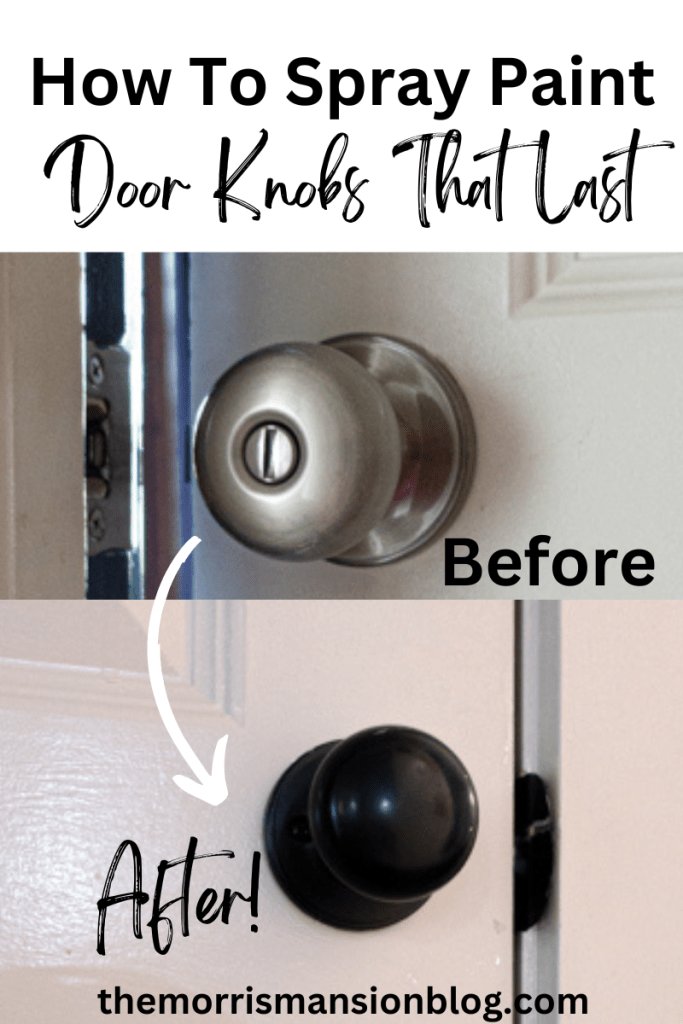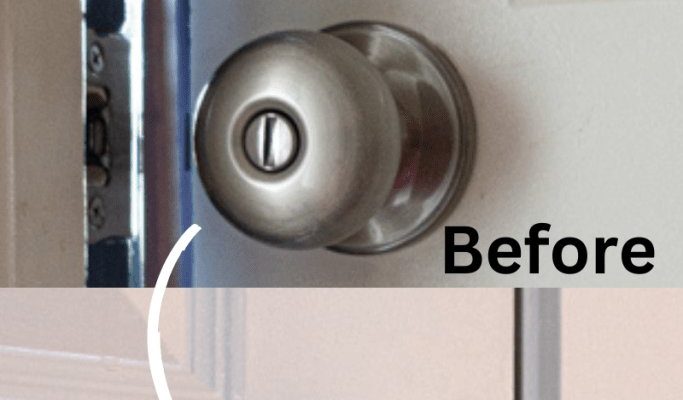
In this guide, we’ll delve into the *why* and *how* of troubleshooting paint splatter on door hardware. This isn’t just about cleaning up; it’s about preserving the look and function of your items. We’ll touch on how to recognize different types of paint and the best techniques to remove them, ensuring your newly painted doors look as good as new.
Understanding Paint Types and Their Impact
Before you dive into cleaning, it’s crucial to understand what you’re dealing with. Paint generally falls into two categories: water-based and oil-based. Each type behaves differently, especially when it comes to cleaning up.
– Water-based paints, like acrylics, are easier to clean. Typically, you can wipe it up with soap and water if it’s still wet. But once it dries, it can stick like a stubborn guest at a party.
– Oil-based paints require solvents for cleanup. You might need to use paint thinner or mineral spirits, which can be more complex to work with.
So, what kind of paint are we talking about? Check the paint can or recall what you used. If you’re still unsure, let me explain—it’s often easier than it sounds. Just think back to whether you washed your brushes with soap or solvents!
Gathering Your Cleaning Supplies
Now that you’ve determined the type of paint, the next step is to gather the right supplies. Think of this as assembling your tools before going into battle. Here’s what you might need:
- Warm, soapy water (for water-based paint)
- Rubbing alcohol or vinegar (for stubborn spots)
- A soft cloth or sponge
- A plastic scraper (like a credit card for gentle scraping)
- Minimally abrasive scrub brushes (if needed)
- Paint thinner or mineral spirits (for oil-based paint)
Having everything at hand will make the process smoother and keep you from running around the house mid-cleanup. Honestly, once you see the right supplies, you’ll feel more prepared—like a knight ready for a quest!
Step-by-Step: Removing Paint Splatter
Once you’re geared up, it’s time to get to work. Here’s a basic step-by-step guide for cleaning both water-based and oil-based paint:
Water-Based Paint Cleanup
1. Act Quickly: If the paint is still wet, grab that soapy water and a cloth.
2. Gently Wipe: Use the cloth to wipe off the paint. It should come off easily.
3. Rinse and Dry: After wiping, rinse the cloth in clean water and wipe again. Pat dry with a clean towel.
If the paint has dried, you might need a few extra steps:
1. Soak: Dampen the area with warm, soapy water and let it sit for a few minutes.
2. Scrape Gently: Use your plastic scraper to lift the paint without scratching the hardware.
3. Final Clean: Wipe it down with a soft cloth.
Oil-Based Paint Cleanup
1. Soak with Thinner: Apply paint thinner or mineral spirits to a cloth and soak the paint splatter.
2. Wipe: Gently rub the area in a circular motion. This should lift the paint.
3. Clean Up Residue: Once the paint is off, clean the area with soap and water to remove any solvent residue.
If you notice the paint still lingering, don’t go at it with brute force. Patience is key here!
Checking for Damage Post-Cleanup
After you’ve cleaned your hardware, take a moment to inspect it. Sometimes, paint can do more than just splatter; it can scratch or dull the finish of your doorknobs or handles. Here’s how to assess:
– Look Closely: Shine a light on the hardware. Are there scratches? Does the finish look dull?
– Feel: Run your fingers over the surface. Any rough spots could indicate damage.
If you see any issues, don’t panic. Some minor scratches can be polished out with metal polish or a gentle buffing.
Preventing Future Paint Mishaps
Let’s be honest here—no one wants a repeat of this splatter fiasco. So how can you prevent it next time? Here are a few tips to keep your door hardware safe during painting:
1. Use Painter’s Tape: Apply tape around the hardware before you start painting. This adds a barrier between the paint and your hardware.
2. Cover with Plastic: If you’re doing a big project, consider wrapping the hardware in plastic. It might take a bit more time, but your hardware will thank you later.
3. Choose a Cloudy Day: Paint in cooler, less humid conditions, as this can help control drying times and reduce splatter.
Preparation is half the battle, and with these tips, you’ll feel more confident tackling your next paint job.
When to Seek Professional Help
Sometimes, despite your best efforts, you might find yourself facing persistent problems or extensive damage. If that’s the case, don’t hesitate to reach out for help. Whether it’s a professional painter or a cleaning service, they can offer solutions that you may not have considered. Think of it like calling in an expert when your DIY project becomes a bit too much.
Remember, there’s no shame in asking for help if it saves your time and prevents further damage.
Dealing with paint splatter on door hardware doesn’t have to be a draining experience. By understanding the type of paint you’re working with and following the right cleaning methods, you can restore your hardware easily. With a little patience and the right supplies, you can navigate this minor hiccup like a pro. So next time you grab that paintbrush, remember these tips. Completing your project without a splatter surprise will feel just as satisfying as admiring a freshly painted door!
